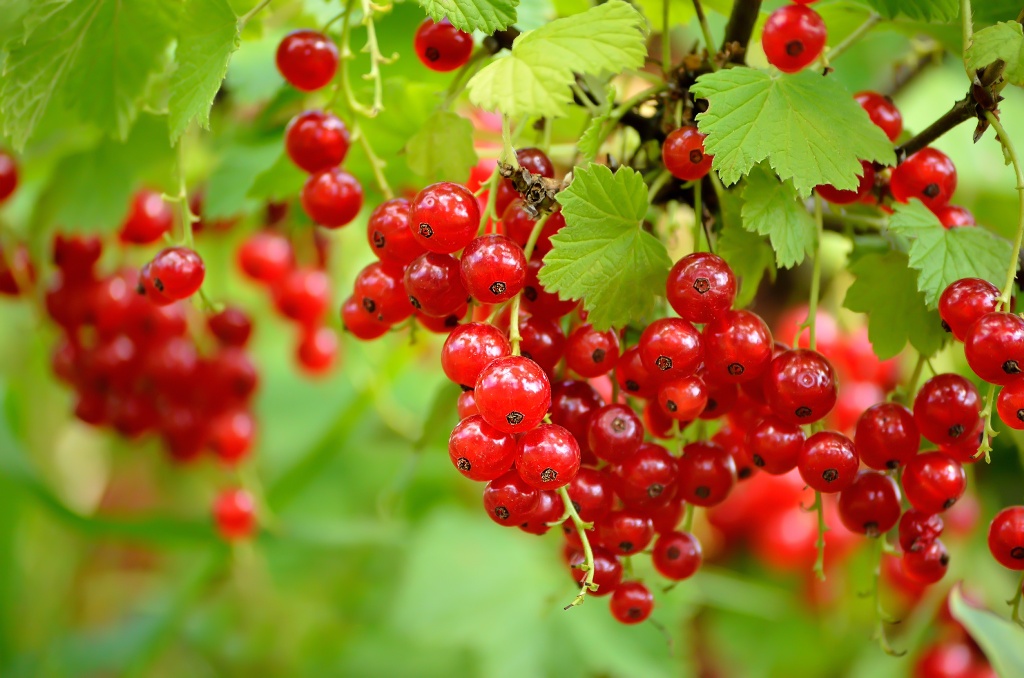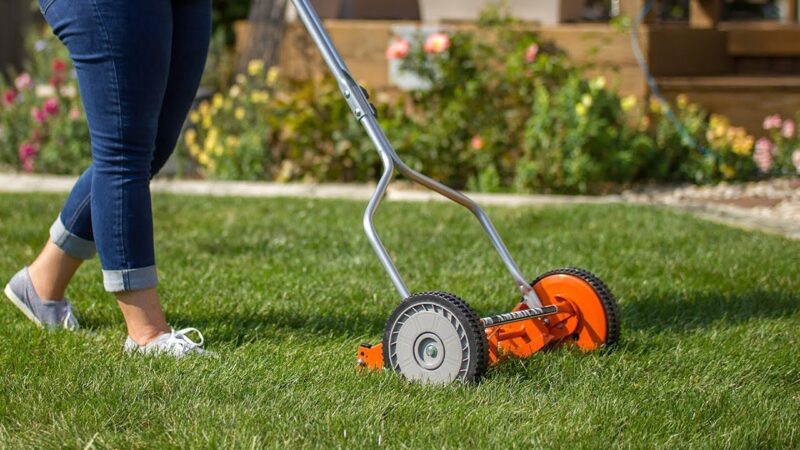How to Grow and Care for Currants Fruit Plant

Currants are small fruits that have the size and appearance of cherries. They come in a beautiful eye-catching bright red color. Some of the varieties have different colors, such as black and even white. Currants are delicious small treats that are loved by everyone eaten just as fruits or even as an active ingredient in various desserts. The bushes of Currants can go up to 6 feet high. When winter is near, they lose their leaves. The growth of red and white Currants is different from that of Black Currants. While the former grows on small stems, the latter grows on multiple stems that come out of the soil. However, all the varieties have very similar requirements for their growth and care.
Best Conditions To Plant

The best time to plant the Currants is before they leaf out as they are deciduous. The climate that suits the Currants best is the Cool summers. The bare root Currants are best planted when the spring comes or during the fall as they require soil that can be worked upon. If the container-grown Currants are to be planted, make sure to do it before or after the hot climates. The plant will not show the best growth if planted in dry temperatures. The best time to plant the container-grown Currants is during spring. The plants can tolerate low temperatures. It can tolerate a drop up to 19F. While planting, the recommended spacing for the plants is at least more than 3 feet.
Light and Watering Requirements
The Currants love it when it receives a good amount of sunlight. This is because when it comes to providing light to any fruit-bearing plants, full sun is the best choice. However, what adds to the low maintenance of the Currants is its capacity to tolerate and do well in light shade. Although, growing the plant in the shade means sacrificing the quantity of fruit it bears as the shade can reduce it. For watering the plants, make sure that the plants are adequately watered. Make sure that the plant does not dry out. However, watering should be done from a low level as watering the foliage can make it prone to diseases. The Currants should be watered regularly.
Preferred Soil and Recommended Feeding

When it comes to the soil preference of Currants, they thrive best when the soils are well-drained. However, they do well in average garden soils as well. Currants do well when they are planted in soils that range from slightly acidic to neutral. The pH of the soil should lie on or between 6.5-7.0. It is preferable to plant the soil in a sheltered spot where the wind is not direct. Make sure that the plants are not kept in waterlogged soils. However, the soil should be kept moist at all times. For feeding the Currants, an all-purpose fertilizer should be used. Higher potassium fertilizer should be made in use; however, a high amount of nitrogen should be avoided.
Problems Related to Currants
Pests and diseases do not prove to be a huge concern for Currants as they can be taken care of easily. The pests that are likely to be attracted to Currants are aphids, cane borers, spider mites, fruit worms, and fruit flies. They are also prone to getting diseases such as Powdery Mildew and White Pine Blister Rust. To get rid of any problems, proper mulching, as well as sanitization, should be done. In the case of cracked skin, regular watering should be done.
The Currants are of beautiful color and are easy to grow. They are loved for their taste. They are preferred to be eaten as an ingredient in various dishes; however, they can also be eaten raw. Raw Currants have various health benefits and contain high amounts of Vitamin C.
Currants are loved for their delicious taste. They have various benefits that help the health of the person consuming it. The Currants are filled with Vitamin C as well as other antioxidants. It helps strengthen the immune system and helps fight flu.
Currants have a quality of encouraging the fat in one’s body to burn on consumption. It contains various nutrients that help to make it possible. It also increases blood flow.





